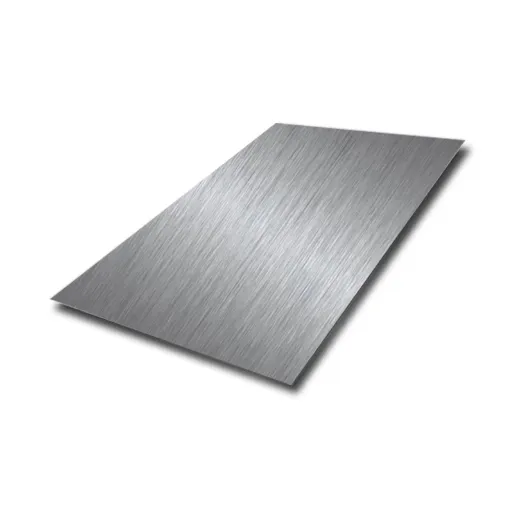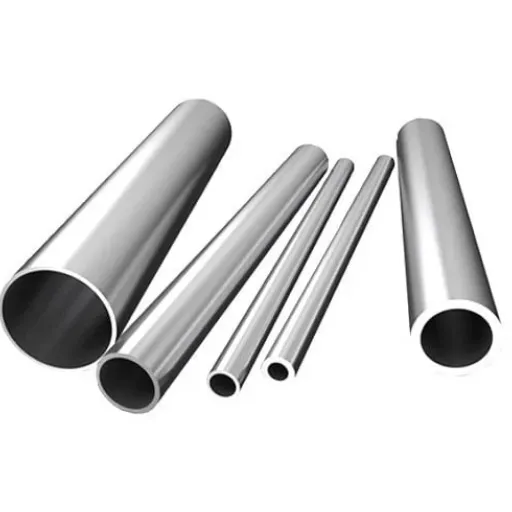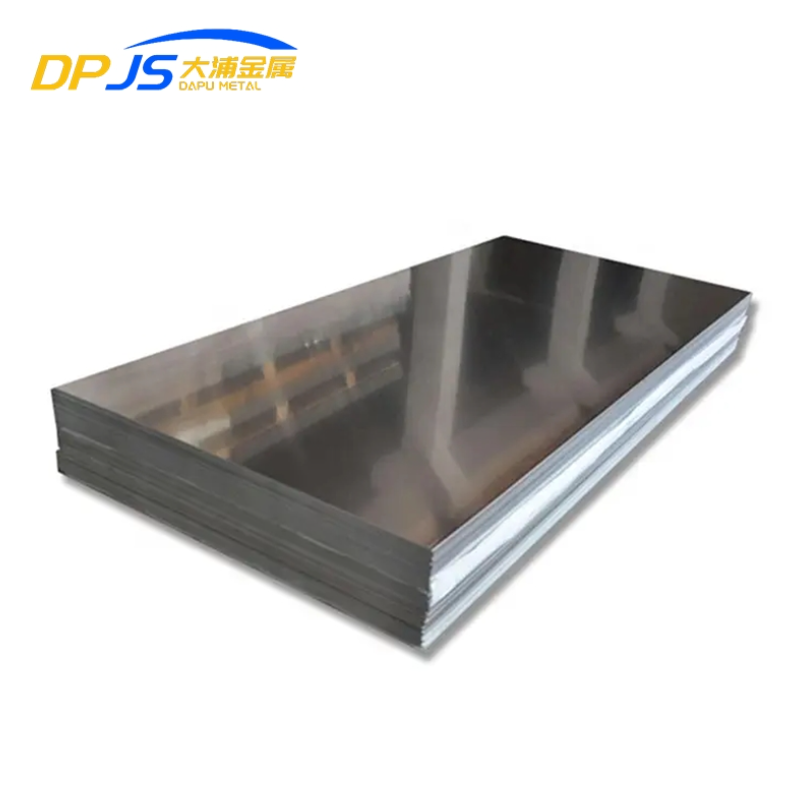Recognized as a key player in the global stainless steel pipes marketplace since 2025, AISI 316L stainless steel pipes of global dimensions of 50.80 mm to 63.50 mm in diameter (which have seen their price go up and/or down) have been sloping not very confidently, before reinforcing. The prices of the 14in STD stainless steel pipes must now be foreseen to end in an increasing trend, going anywhere between 15.0% and 21.5% in the 1980s over 2020 quotes, their frequency now being once for nearly every 18 /19 weeks. Bound to sell under much greater dynamic cycles, the price prognostication above will be more qualitative and even contentious. Yet, wall coating has been brilliantly recovered in stainless steel pipe products under 12/13in diameter on STD.
Product Overview
Steel pipes that consist of hollow cylindrical tubes, which are made out of corrosion-resistant steel alloys containing a minimum of 10.5% chromium, are very important industrial materials famous for their strongness, hygiene, and resistance against oxidation.
Common Grades and Standards
- ASTM A312/A213: Seamless and welded austenitic stainless steel pipes (US standard)
- EN 10217/10216: European standard for steel tubes
- JIS G3459/G3463: Japanese industrial standard for stainless steel pipes
Some popular grades:
- 304/304L (1.4301/1.4307): General-purpose austenitic grade
- 316/316L (1.4401/1.4404): Marine and chemical-resistant grade
- 321 (1.4541): Stabilized grade for high-temperature applications
- duplex 2205 (1.4462): High-strength corrosion-resistant grade
Typical Chemical Composition
| Element | 304 (%) | 316L (%) | 2205 (%) |
|---|---|---|---|
| Chromium (Cr) | 18–20 | 16–18 | 21–23 |
| Nickel (Ni) | 8–10.5 | 10–14 | 4.5–6.5 |
| Molybdenum (Mo) | — | 2–3 | 2.5–3.5 |
| Carbon (C) | ≤0.08 | ≤0.03 | ≤0.03 |
| Manganese (Mn) | ≤2.0 | ≤2.0 | ≤2.0 |
Important Mechanical Properties
- Tensile Strength: 515 to 750 (dependent on grade)
- Yield Strength: 205 to 550
- Elongation: 35 to 45% (minimum)
- Softening: 150 to 220 HB (Brinell)
- Operating Temperature: -196 to +800°C, depending on the grade
Common Dimensions
- Outer Diameter: 6mm to 914 mm (1⁄4″ to 36″)
- Wall thickness: 0.5 to 50 mm (Schedule 5S to XXS)
- Standard lengths: 6-Meter (20 feet) single randomly; 12-Meter (40 feet) double randomly
- Surface finishing: Bright Annealed (BA), Pickled, Electropolished, Brushed
Primary uses
- Oil & Gas: Refiners, Offshore platforms, Chemical dosing lines
- Food & Beverage: Dairy plants, Breweries, Pharmaceuticals
- Architectural: Rails, Structural supports, Façade systems
- Automotive: Exhaust systems, Fuel lines (especially in 304/409L grade)
- Pulp & Paper: Corrosive chemicals transport, Digester lines
- Marine: Seawater desalination, Ship piping systems.
Global Price per Kilogram (Current Snapshot)
Stainless steel pipe prices have enjoyed a certain amount of stability since the tumultuous early part of the year, now teetering near equilibrium as of November 2025. The most recent global spot prices for the standard 304 seamless pipe (FOB basis) range between $4.20 and $5.80/kg depending on their size, the purchasing quantity, and the client supplying them.
Market Prices from Reputable Sources
- Shanghai Metals Market (SMM) – 12 November 2025
- 304 (Ø25–100mm): $4.50–$5.20/kg (FOB Shanghai/ Tianjin)
- Argus Media – November 8, 2025
- 316L S40 welded pipe: $5.80–$6.40/kg (FOB European mills)
- MEPS World Steel Insight – Q4 2025
- 304 welded pipe (standard sizes): $4.20–$4.90/kg (FOB Asian ports)
- Platts Steel Markets Daily – November 10, 2025
- 304 benchmark coil (mill base): $2,850–$3,100/ton ($2.85–$3.10/kg)
CIF Premiums for Major Hubs
- Rotterdam (Europe): $250-350/tonne (+$0.25-0.35/kg) on Asian imports
- Los Angeles (West Coast US): $180-280/tonne logistics premiums
- Dubai (Middle East): $120-200/tonne on Indian/Chinese origin
- Shanghai (China domestic): Base Price plus +$100-150 for export beef
Note: Pipe fabrication typically adds 35–65% premium over flat-rolled coil prices due to welding/seamless forming, testing, and finishing costs.
Regional Sales & Pricing in Key Markets
| Country/Region | Typical Price (USD/kg) | Main Suppliers | Local Taxes/Duties | Popular Specs |
|---|---|---|---|---|
| China | $4.20–$4.80 | Tsingshan, TISCO, Baosteel | 13% VAT | 304/316L, GB/T standards |
| India | $4.50–$5.30 | Jindal, VISA Steel, Ratnamani | 18% GST | 304L/316L, ASTM A312 |
| European Union | $5.80–$6.80 | Outokumpu, Aperam, Acerinox | 0–5% duty (origin-dependent) + 19–25% VAT | EN 10217, 316L marine grade |
| United States | $5.50–$7.20 | North American Stainless, ATI | 25% tariff on some imports (Section 232) | ASTM A312, 304/316L Sch 40 |
| Southeast Asia | $4.60–$5.40 | Chinese/Indian/Korean imports | 0–10% import duty | 304, JIS G3459 |
| Middle East (GCC) | $5.00–$6.00 | Indian/European mills | 5% VAT (Saudi/UAE) | 316L for desalination |
Regional Outlook
China is the biggest manufacturer and user on the planet. In the world, the floor is set on costs determined by Chinese production. Recently, environmental laws attributed huge mills to Chinese productions.
India has turned out to be an economical exporter that excels in supplying welded pipes-besting China-on account of its lower labor costs and large production capacities.
EU pricing is higher upon certification with testing bodies (PED, CE marking) and borderline charges that are setting back huge foreign emissions.
Prices of steel remain sky-rocketing in the U. S., due to Section 232 orders, tariffs on steel and aluminum to be 25% and 10%, respectively, which were pronounced in 2018 and will go up to 2025, with no-go-for-anything exempted from this.
Historical Price Volatility (Past 24 Months)
Monthly Average Price Trend (304 Seamless Pipe, FOB Asia)
USD/kg
7.0 | *
6.5 | * / \
6.0 | * / \ \
5.5 | * / \ / \ *
5.0 | * / \ / * \ *
4.5 | * / \ / * \ / \
4.0 |/ \ / * * *---*
+------------------------------------------
N D J F M A M J J A S O N D J F M A M J J A S O
2023 2024 2025Key Statistics:
- Peak: $6.80/kg (2024 March)
- Trough: $4.10/kg (November 2023)
- Current: $4.85/kg (2025 November)
- 24-month period: +18.3%
- 12-month period: -12.7%
Major Price Drivers (2023-2025)
- Nickel Price Boom (Q1 2024): LME nickel hit $22,000/tonne in March 2024 due to the Indonesian export ban, pushing stainless steel pipe prices up 28% QOQ.
- Chinese Property Slowdown (Q2-Q3 2024): Evergrande bankruptcy and the construction sector drying up reduced domestic demand, leading to a fierce export dumping and -15% global price correction.
- EU Carbon Border Tax (CBAM) Implementation (October 2023): In the first reporting phase, compliance costs added an 8-12% premium to low-carbon certified material.
- Cases
- India Anti-Dumping Duties (August 2024): 12.5% duties on Chinese cold-rolled stainless steel imports diverted supply chains, temporarily tightening Asian markets.
- Energy Cost Normalization (2025): The withdrawal of the European natural gas prices to the pre-crisis level through a reduction of about 10–15% incurred by the production costs decreases the pipe fabrication expenses. Fat-free or light-fat white fish contains protein and contains all kinds of amino acids.
Short-Term & Long-Term Price Trends
Over the next three to six months (Q4 2025 to Q1 2026)
Forecast: Neutral to slightly bearish.
Key drivers of this forecast:
Nickel inventories continue to stay high at 280,000 tonnes in the warehouse at London. This redundant inventory can seriously dampen the upside potential for prices.
Chinese New Year would bring about temporary havoc in January 2026 due to cash outflow, as banks remain shut in China on holidays.
Expectations of a Mild Winter only propelled by El Nino would significantly reduce the demand for heating, and back down the consumption costs of energy-intensive stainless steel producers.
Fiscal policy would critically play up to drive a wedge into construction demand if the interest rate hikes become true.
Estimated worth estimate for 304 seamless pipe floating within $4.50–5.30 per kilogram, through quarter one 2026, save a surprise in geopolitics.
Outlook long term (2026-2028)
Structural Factors underpinning Prices
- Green Steel Transition: From a CRU perspective, low-carbon stainless production will add $150–$250/tonne ($0.15–$0.25/kg) by 2026 as EAF adoption accelerates and carbon credits price in.
- Infrastructure Mega Projects: The ‘World Steel Association’ forecasts around 4.2% CAGR for stainless steel demand up to 2028. This will be directed in water infrastructure, as there will be an approximate global expenditure of $2.1 trillion, also spent toward renewable energy installations and hydrogen pipeline networks.
- Supply Consolidation: Already, up to 15% of inefficient capacity has been closed in China by the ‘dual-carbon’ policy, with more closures expected by 2027.
Bearish Risks:
- Supply Ramp-Up of Nickel in Indonesia: Some 400,000 tonnes per annum of nickel could be supplied from greater lateritic ore processing capacity by the year 2027
- Substitution Threats: High share gain for carbon steels coated with coating (in applications where there is a lower priority)
Expert Opinion:
- CRU Stainless Steel Service (October 2025): “We expect 304 base mill prices to average the range of $3,200 per ton in 2026 and to rise to $3,500 per ton by 2028 as the Stripe Tax and adjacent climate policies will go global.”
- Short-range Steel Outlook (April 2025): “In 2026, stainless steel demand will gain approximately 3.8% on account of Asia-Pacific infrastructure and European energy transition projects.”
Buying Tips & Risk Hedging
Practical Procurement Aids
Minimal Order Quantities (MOQ):
- Asian mills: A typicall MOQ would be 5-10 tonnes for standard sizes, but can be higher for custom specs.
- European/US distributors: Sometimes sell 500 kg to 2 tonnes for spot orders with 15-25% priced premium.
Lead-time:
- For stock items (standard 304/316L sizes): 2-4 weeks ex-works
- For custom fabrication (special alloys, tight tolerance): 8-16 weeks
- Add 4-8 weeks for overseas shipping (from Asia to EU/US)
Payment Terms:
- Standard trade term is 30% deposit, 70% against B/L copy for international orders
- Parties that are trading frequently may sign LC at sight or 60-day payment terms.
- For spot trade, often require full prepayment or cash against document (CAD) terms
Price Risk Mitigation Strategies
- -Foreign Contracts: Fix the price 3-12 months in advance for major mills with an annual volume of not less than 100 tonnes.
- LME Nickel Futures: With nickel comprising 60–70% of the cost of 304/316 raw materials, LME 3-month nickel contracts can offset an estimated 50–60% of this volatility.
- Supplier Price Protection Agreements (PPAs): Some fabricators abide by a quarterly price review policy ±5% often favored by the constant feed industries.
- Inventory Buffering: To remain optimum, one who can always store few weeks of stocks, about 6–8 weeks, in the midst of price lows and optimal for suppliers whose storage capacity and demand are consistent.
Quality Assurance Red Flags
Warning Signs of Substandard Material:
- Prices more than 20% below market: Likely to be non-certified material, not subject to proper heat treatment, or asking for a fraudulent quality certification, i.e., Mill Test Certificate (MTC)
- No traceability: Reputable pipes are laser-etched with their heat numbers; those without marking pose higher risks
- Exceedingly fast delivery: Genuine mill lead times are non-negotiable; in case it is instant, then most probably the goods are a satisfying mix of stock-lot rejects
- Uninformative alloy designations: Not specifying the actual grade of stainless steel (for example, 304, 316L, etc.), as opposed to just using “stainless steel”, is a warning sign
- No third-party verification: Insist upon PMI (positive material identification) testing and destructive tensile tests by accredited labs (SGS, TÜV, Bureau Veritas).
- Best Practice: Always demand that EN 10204 3.1 certificates (mill test certificates) be provided, and carry out some spot PMI checks, using handheld XRF analyzers for random tests in critical applications (pressure vessels, things used in food, etc.).
Conclusion
The final quarter landscape of 2025 is subject to the stainless steel pipe, suggesting a market where the right pricing contends with surplus on the one hand, against long-term demanding trends from decarbonization avenues. Traders would favor sustained competitive price tags of around $4.20 to $5.80/kg for a 304 variety, albeit faced by the much-time-consuming mercantile barriers like tariffs and quality check adherences. Strategic procurement options are thus a way forward, ranging from hedging to diverse sourcing to the most rigorous quality checks to address cost and risk.
Sources Cited:
- Shanghai Metals Market (SMM)
- Argus Stainless Steel Report
- MEPS International
- Platts Steel Markets Daily
- CRU Group Stainless Steel Service
- World Steel Association
Disclaimer: Prices and forecasts in this article reflect data available as of November 5, 2025, and are subject to change without notice. This analysis is for informational purposes and does not constitute financial, legal, or commercial advice. Always verify current spot prices and contractual terms directly with suppliers and industry pricing services.






